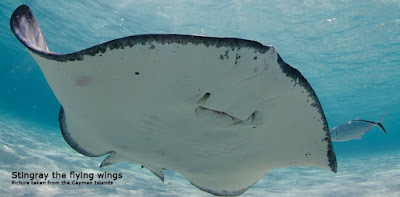Differential Twist Wings for Better Solution Upgrade of Advanced Flying Wings Combined with LEX and Tail | The Design Analysis and Configuration | Aspect Ratio Review

A flying wing is a tailless fixed-wing aircraft that has no definite fuselage, with its crew, payload, fuel, and equipment housed inside the main wing structure. The flying wing may have various small protuberances such as pods, nacelles, blisters, booms, or vertical stabilizers . Whereas the flying wing seeks to maximize cruise efficiency at subsonic speeds by eliminating non-lifting surfaces. Lifting bodies generally minimize the drag and structure of a wing for subsonic, supersonic and hypersonic flight, or spacecraft re-entry. All of these flight regimes pose challenges for proper flight safety. Similar aircraft designs, that are not technically flying wings, sometimes casually referred to as such. These types include blended wing body aircraft and lifting body aircraft, which have a fuselage and no definite wings. The basic flying wing configuration became an object of significant study, often in conjunction with other tailless designs. Tailless aircraft have been experimented...
